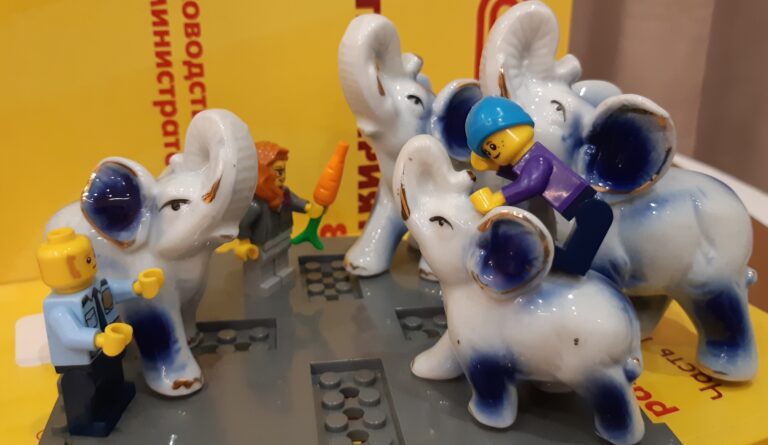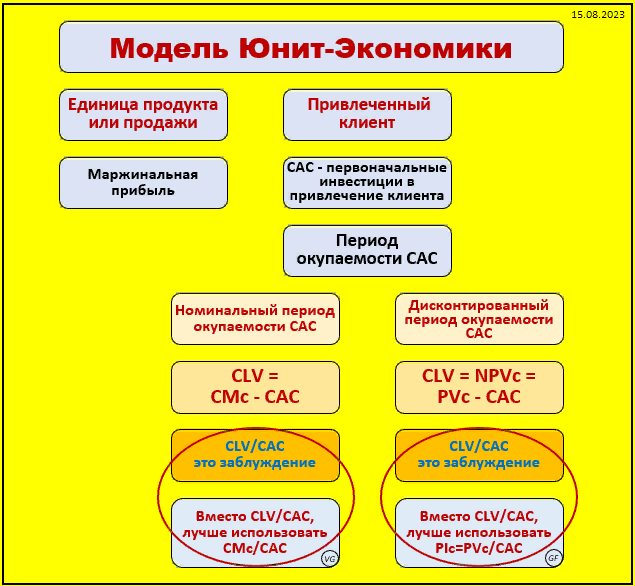why do sites, programs and everything around acquire anime (and not only) faces? Part 1
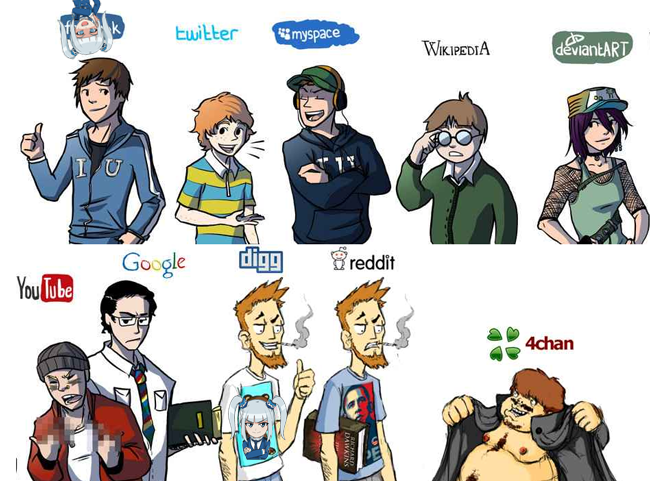
“If something exists, someone has already drawn it in the form of an (anime) girl” – this is how you can paraphrase the famous 34th rule of the Internet, Rule 34, in a simplified form. Literally everything that is possible is depicted in the form of anime and not only characters. : programs, popular sites and social networks, cities and entire countries, military equipment and political parties. And if in the 2000s it was more of an amusement for bitards and otaku “for their own”, which caused bewilderment among the “civilians” in half with the krinzh, then in the 100s the humanization of everything and everything began to become an outright mainstream.
But where did it all come from and why has it become such a popular phenomenon? Why do people like to portray various completely inanimate objects, phenomena and concepts in the form of people?
 Chrome-chan hthonic
Chrome-chan hthonic
As usual, it all started in antiquity. Our distant Cro-Magnon ancestors, having barely shot the last Neanderthals from their bows, began to intensively comprehend the world around them. The world, in their opinion, turned out to be densely populated not only with delicious mammoths and sudden preved-bears, but also with all kinds of spirits – responsible both for certain areas and for abstract concepts like good luck hunting or an abundance of earthly fruits. However, how to depict a spirit, or even more so an abstract concept, when you barely have a language – but to draw memes want already?
 Virgin hunter and Chad bull from the Lascaux cave: 15-18 thousand-year-old postings
Virgin hunter and Chad bull from the Lascaux cave: 15-18 thousand-year-old postings
The earliest depictions of something like spirits or gods, rather than ordinary people or animals, are of two different types. And both of them have the most obvious parallels with modern Internet culture.
Firstly, these are the Paleolithic “Venuses”: figures of well-fed ladies with hypertrophied forms, known for more than tens of thousands of years, which would be the envy of the twin robots from Atomic Heart. It is usually believed that they personified the life-giving feminine principle, and / or the fertility of nature in a broad sense. However, there is also an opinion that they were used by the male part of primitive tribes in a somewhat more mundane sense: approximately like works in the Rule 34 genre today.
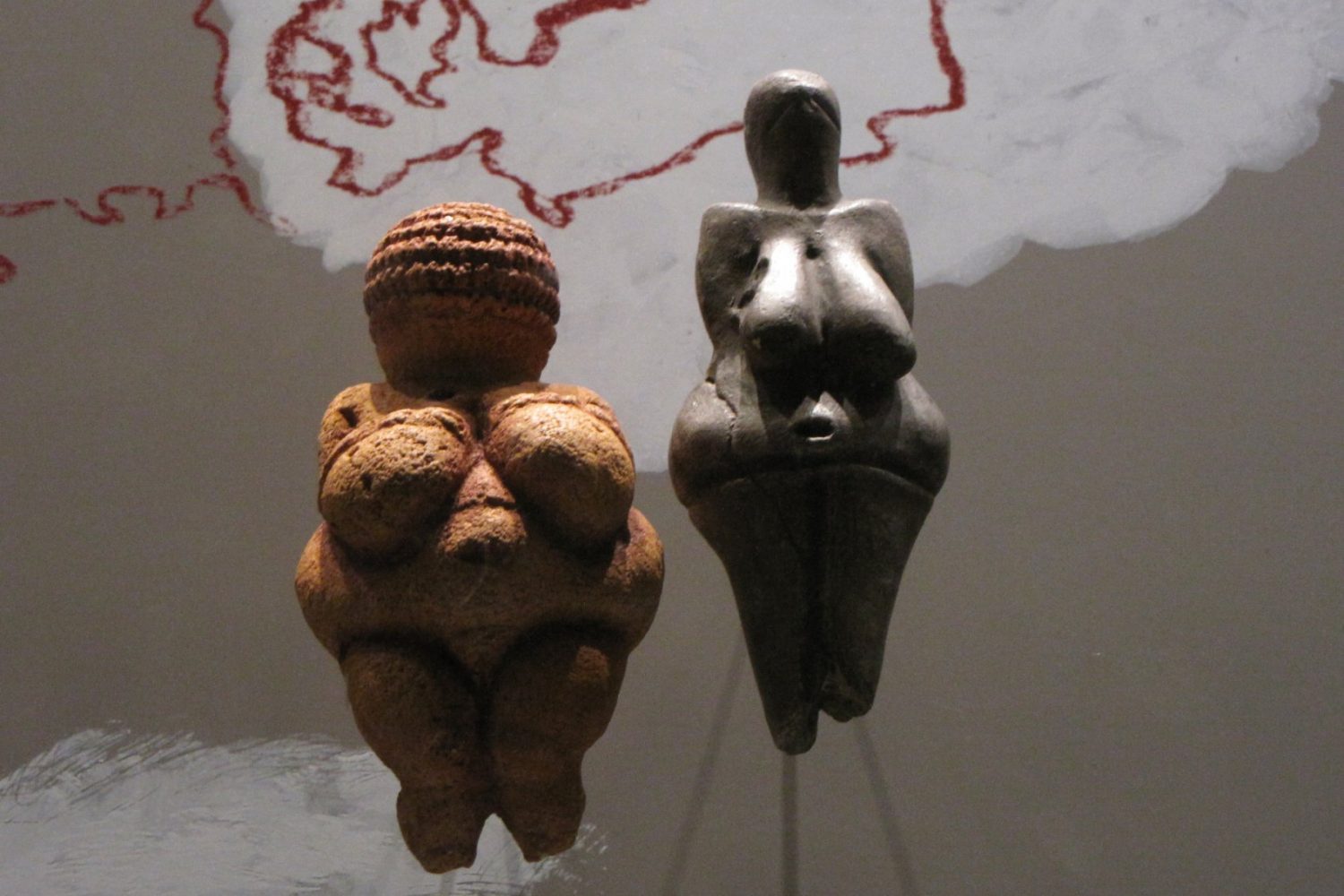 It is still not very clear why the primitive hunters of the most distant places from each other about 30 thousand years ago began to portray such “Venuses”
It is still not very clear why the primitive hunters of the most distant places from each other about 30 thousand years ago began to portray such “Venuses”
Secondly, these are images of male figures with animal heads, usually deer or bears. Judging by the archaeological finds, such proto-furry cave art reflected a very real practice: ritual dances of hunters or shamans in masks made from the skulls of those same deer or bears, during which both the dancers and the audience quite believed that the person wearing the mask really embodies beast, spirit or totemic animal ancestor. In any case, the data of later ethnography say something like this.
 The deer-man from the cave of Altamira, as it were, tells us “dratuti”
The deer-man from the cave of Altamira, as it were, tells us “dratuti”
Thousands more years passed, a producing economy appeared, followed by cities with temples and priests. Some spirits have risen to gods—and, with a few exceptions, like the furry-like Egyptian deities and Chinese dragons, semi-reptilians, these gods were already quite anthropomorphic. Regardless of what they were responsible for. But the specificity of the activity in their appearance was often fully reflected to the intuitive recognition of the “profession”.
 Fetishism of the XXIII century BC: the Sumerian-Akkadian goddess of love and war Inanna / Ishtar dominates the lion
Fetishism of the XXIII century BC: the Sumerian-Akkadian goddess of love and war Inanna / Ishtar dominates the lion
For a long time, anthropomorphism among our ancestors was expressed mainly in the depiction of gods and spirits in the human form, and then angels with demons – in the existence of which, in approximately such a visible form, they believed. Well, at least theoretically it was assumed that they believed, even when they painted all kinds of suffering Middle Ages.
 Aztsky Sotona organizes the work of the troll bot farm
Aztsky Sotona organizes the work of the troll bot farm
Only with the beginning of the Renaissance, the Baroque, and even more so the Enlightenment, anthropomorphism began to be comprehended not so much as a natural form of the existence of otherworldly beings, but as a property of one’s own human mind to comprehend various phenomena. Francis Bacon already at the turn of the 16th-17th centuries believed that attempts to depict gods and spirits in the form of people were caused by “the desire to explain the actions of nature by analogy with the actions and deeds of man, that is, the conviction that nature does the same thing as man.” Well, in the XVIII century, Voltaire finally said the ironic “If God created us in his own image and likeness, we were able to answer him the same.”
Well, artists, sculptors, writers and poets by that time massively depicted endless allegories of everything that is possible in the form of people. Often – precisely in the form of beautiful and not fully dressed ladies, since the public morality of the aristocracy and educated circles no longer had anything against such lack of spirituality.
 Allegories of Peace and Justice, Corrado Giaquinto
Allegories of Peace and Justice, Corrado Giaquinto
Then came the XIX-XXI centuries, science got stronger and began to study people quite shamelessly. It turned out that the tendency to anthropomorphize is literally sewn into our brains, and is characteristic even of children in the early stages of growing up: they see meaningful, “human” behavior in literally everything (“it wasn’t me who fell, it was an evil chair that hit me”) and patterns of human appearance (“the alarm clock has a face”). It is easier for the bioneural grid of our brain to recognize and demonstrate the relationships between objects and processes if we perceive and display them anthropomorphically.
By the beginning of the twentieth century, this was already being used with might and main in political propaganda and advertising. If cartoons and posters of the 19th century more often referred to specific political figures like Napoleon, then by the end of the century of steampunk, anthropomorphic allegories of countries and peoples were increasingly used.
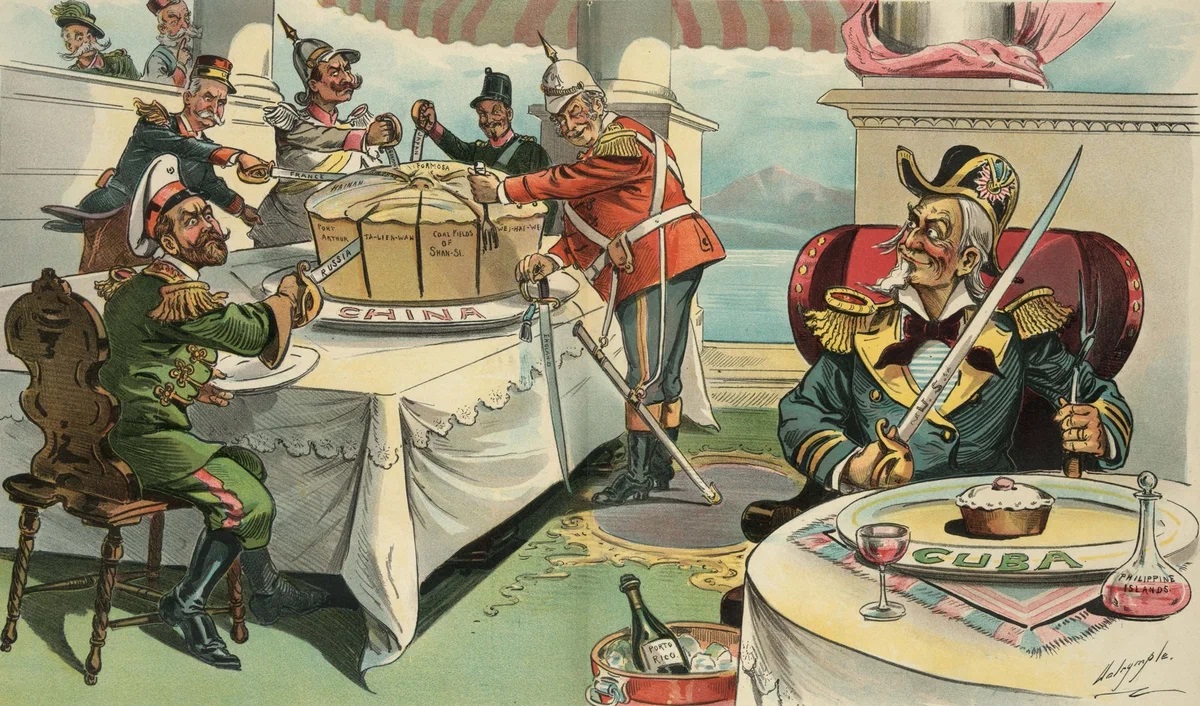 On a cartoon about colonial ambitions at the turn of the 19th and 20th centuries, the real rulers Nicholas II, Wilhelm II and Franz Joseph mingled with the allegorical images of the American Uncle Sam and the British John Bull
On a cartoon about colonial ambitions at the turn of the 19th and 20th centuries, the real rulers Nicholas II, Wilhelm II and Franz Joseph mingled with the allegorical images of the American Uncle Sam and the British John Bull
When in World War I it was necessary to convince millions of men that they urgently needed to fight with other millions of men, or at least buy war bonds, anthropomorphic countries in the form of women urgently went into business.
 When a cunningly grinning Uncle Sam asks to give a lot of money to the state, it looks ironic, but when young America is one of the gentlemen, maybe he will think
When a cunningly grinning Uncle Sam asks to give a lot of money to the state, it looks ironic, but when young America is one of the gentlemen, maybe he will think
In general, the tradition of humanization of everything and everything developed long before the advent of these our Internets. But why did she survive such an explosion in them, and why is it very often to this day that humanization is performed in the anime style?
In everything, as usual, imageboards are to blame.
As a phenomenon, they originated in Japan, as well as engines for them. They hung out on the boards to a very fair degree of otaku with hickeys – and they were very fond of the images of anime chans. Including on the greatest early board (originally text, not image) 2channel, aka 2ch.net, launched in 1999 and considered as of 2004 the largest forum on the entire Internet.
In 2001, an anonymous person from this Japanese “first-timer” wrote that he was worried about the similarity of the “stop” button in the Internet Explorer menu with a top view of a shiitake mushroom cap.
 So in those years the button looked like…
So in those years the button looked like…
 … and so – traditional for Japanese cuisine, a cross-shaped incision on a shiitake hat
… and so – traditional for Japanese cuisine, a cross-shaped incision on a shiitake hat
Anonymous people from 2ch.net were so pissed off by this thought that when they let go, the first computer anthropomorphic mascot in the form of a Shiitake-chan girl was born. Symbolizing both shiitake mushrooms and the aforementioned button from the menu of the most hopeless of browsers.
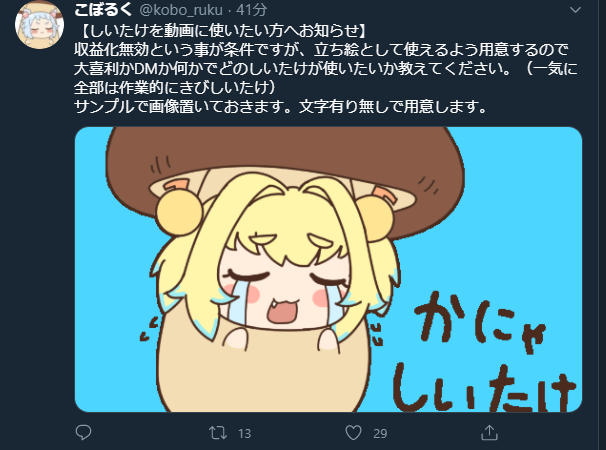 It’s sad to be a button in IE, and besides, a mushroom
It’s sad to be a button in IE, and besides, a mushroom
For the imageboard, this was the starting point for the humanization of computer and network phenomena: the idea was sown among the masses, like mushroom spores. However, later it turned out that the very first humanization and moe-anthropomorphization was done back in 1998. True, the author was also a Japanese and also an anime fan: someone with the nickname Toy drew an iMac in the form of a not too dressed iMac Girl. But the picture failed to get viral in the early Japanese network.
 Toy’s iMac Girl of 1998, the “grandmother” of all subsequent moe-humanization of programs and devices
Toy’s iMac Girl of 1998, the “grandmother” of all subsequent moe-humanization of programs and devices
However, the mushroom girl remained a local meme of 2ch.net and the great imageboard Futaba Channel / 2chan.net that came out of it – until in 2003 a certain anonymous Futaba was filled with his knowledge from acquaintance with the excellent stability and stability of the Windows ME operating system. He poetically compared her to a very unpredictable and clumsy girl, and thus the image of ME-tan was born.
 And what to do with all this, desu ka?
And what to do with all this, desu ka?
 The usual outcome of any process, desu.
The usual outcome of any process, desu.
ME-tan (a variant of -chan) possesses a maid outfit, two green braids, and an error mark on her neck bow. As a character, she is, in general, a kind, good girl and sincerely tries to do everything right – only she does not succeed. She constantly stumbles, freezes, stumbles, and does various inappropriate things like fencing with green onions (a pun between the Japanese word ネギ “negi” and NEGiES, the name of the WinME firewall). Unlike real work with WindowsME, it looked cute, kawaii and touching.
A video about the poor fellow ME-tan, which had become viral back in those distant years (the quality, however, was also of that time)
Well, it started. Soon, ME-tan ended up in a whole company of OS-tan, which arose through the efforts of many anonymous artists and not only in the depths of /b/ Futaba, which in Japanese is called Nijiura / Nijiura. Actually, initially /b/ was nothing more than a place to discuss not the actual anime and manga that took place on /a/, but user screenshots, fan-made doujinshi manga and generally anime fanart of varying degrees of professionalism. Gradually, Futaba’s Nijiura turned into a forge of content (and not what we know from /b/ Forchan and Dvach, baka-gaijins) – and therefore it was there that new humanizations of operating systems began to be born one after another. However, despite a somewhat friendlier and much more creative atmosphere in the strict sense of the word than among Western beatards, Nijiura is traditionally littered with hentai and rule 34 in all forms and shades.
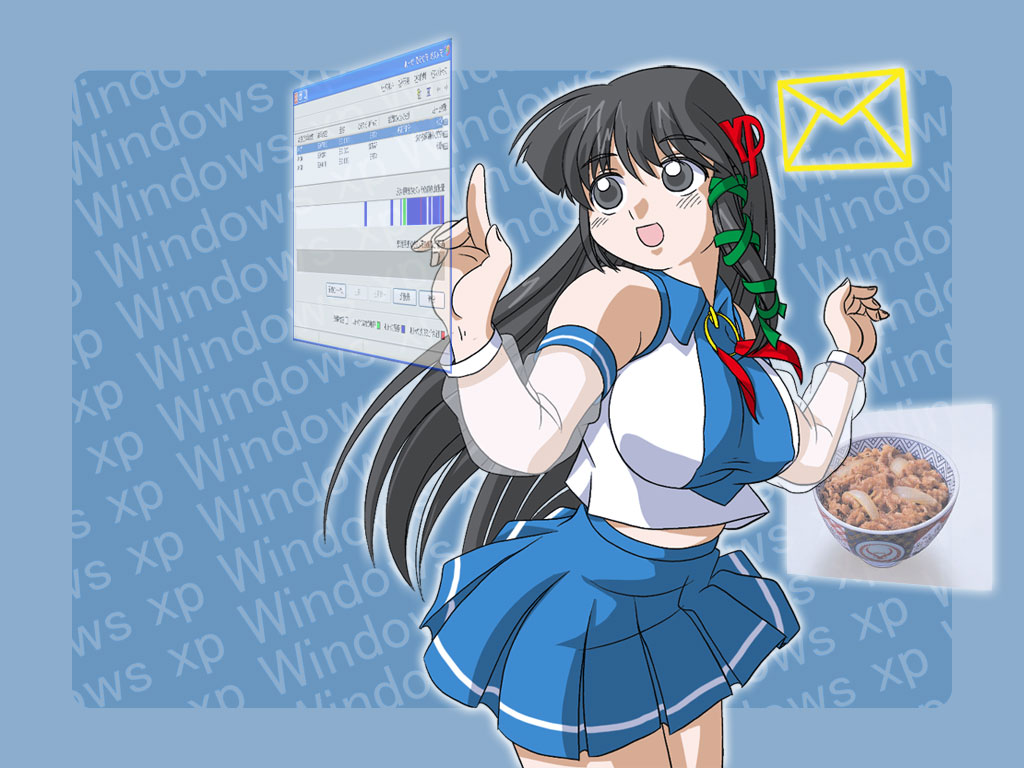 XP-tan is much more dexterous – but eats quite a lot (memory)
XP-tan is much more dexterous – but eats quite a lot (memory)
A few years later, OS-tan was so ubiquitous in the Japanese network that even corporations realized the situation. The Japanese presentation of Win7 was accompanied by the promotion of the image of the girl Madobe Nanami, previously developed in the bowels of Microsoft, voiced by seiyuu Mizuki Nana. True, the advertisement was accompanied by a proposal, a little strange for other countries, to first assemble a computer for working under the seventh Windows – due to the specifics of Japanese computerization.
Buy Windows, desu!
However, the matter was not limited to operating systems: anime bitards from Nijiura entered the taste of total humanization. Or rather, her very specific form of moe anthropomorphism: images of everything in the form of cute girls. In 2004, “Nijiura’s maids” began to appear on Futaba one after another – who already personified different types, fetishes and human qualities: a swordswoman, an abuser, a slave, a chatterbox, sickly, gloomy, invisible, perplexed, impatient, apathetic, sleepy, monster, an actress, a bunny, a little girl, a fanatic, a lazy person, a paranormal, a drug addict (!) and a corpse (!!). The fact is that in Japan in the first half of the 2000s, maids-maids were extremely popular among otaku of both sexes: the girls cosplayed them and worked in the maid cafe, and the guys visited the maid cafe and … admired the maids, let’s say so.
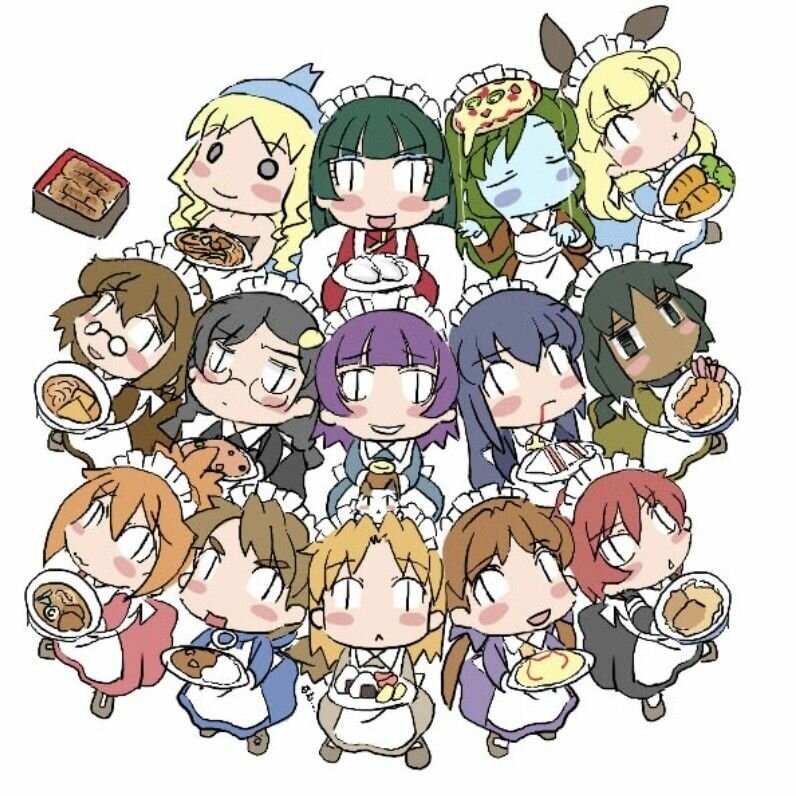 15 classic Nijiura maids (including corpse and invisible)
15 classic Nijiura maids (including corpse and invisible)
No, perhaps, all the same, Japanese beatards are quite worth the Western ones!
… which just at that very time began to appear – under the impression of Futaba in August 2003, the American Christopher “Moot” Pool founded Forchan. Which at first tried to copy Futaba in everything, but in English – and together with /b/ picked up OS-tan and the idea of moe-humanization of everything and everything.
But we will talk about how the internal fashion of visitors to the imageboard and hardcore otaku, first in the United States and then in Russia, has become a mass, mainstream, global and almost ordinary phenomenon – we will talk in the second part.
Stay with us!
Telegram channel with prize draws, IT news and posts about retro games 🕹️




